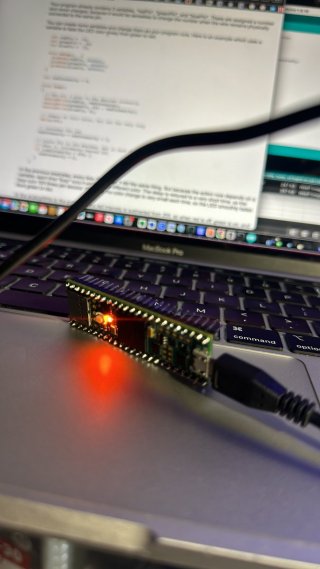The good news is this sort of problem is usually recoverable.
Before you go any further, I'd recommend buying liquid flux chemical. Applying liquid will make resoldering so much easier and give better results. With the extra flux, you can re-heat the solder and some if it will flow off those pads and onto your soldering iron. Best to position the board so your iron is below, so gravity will do most of the work. But you really do need liquid flux to make this work well.
Liquid flux comes in many types. You want to get one that's well matched for the type of solder you use. But generally speaking there are 2 types, rosin or organic acid. Usually rosin-based flux is non-conductive and benign. Leaving the residue on the board may look ugly, but doesn't cause harm. If you do want to clean it, get 99% isopropyl alcohol. The 70% isopropyl alcohol commonly used for medical cleaning can also work, but it's not as easy to clean and takes a long time to dry.
Only use organic acid flux if your solder originally was organic acid flux type, like Kester 331. Organic acid flux is absolutely amazing stuff, soldering go so well. But it's conductive and corrosive. You absolutely must wash the residue away. Usually it's designed to just wash off with hot water. Then you need to fully dry the board before use. Baking in a low temperature oven for 10 minutes is the quick way. Gentle warming with a hair dryer can also work.



